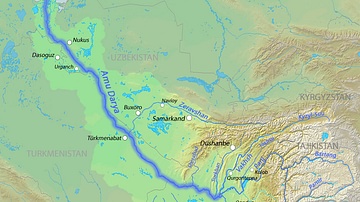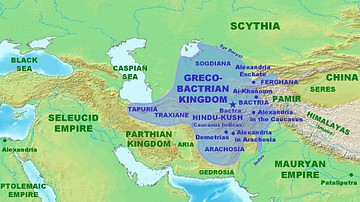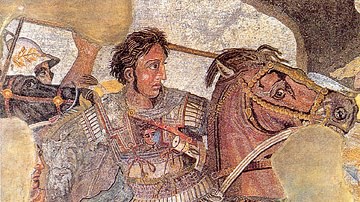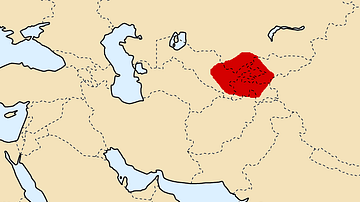Definition
About the Author
Translations
Malay Serbian SpanishWe want people all over the world to learn about history. Help us and translate this definition into another language!
Free for the World, Supported by You
World History Encyclopedia is a non-profit organization. Please support free history education for millions of learners worldwide for only $5 per month by becoming a member. Thank you!
World History Encyclopedia is a non-profit organization. Please support free history education for millions of learners worldwide for only $5 per month by becoming a member. Thank you!
Become a Member DonateCite This Work
APA Style
Simonin, A. (2011, April 28). Iaxartes. World History Encyclopedia. Retrieved from https://www.worldhistory.org/Iaxartes/
Chicago Style
Simonin, Antoine. "Iaxartes." World History Encyclopedia. Last modified April 28, 2011. https://www.worldhistory.org/Iaxartes/.
MLA Style
Simonin, Antoine. "Iaxartes." World History Encyclopedia. World History Encyclopedia, 28 Apr 2011, https://www.worldhistory.org/Iaxartes/. Web. 04 May 2025.






